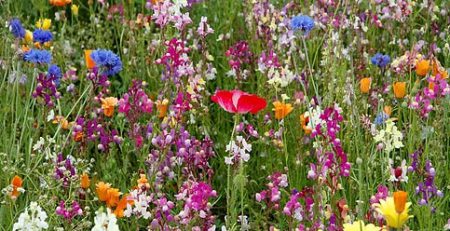How to Choose the Right Grass for Your Lawn
Choosing the right grass for your lawn is essential for creating a healthy, beautiful outdoor space. Not all grasses are the same, and each type has its own needs and benefits. By selecting the best grass for your climate, soil, and how you plan to use your lawn, you can ensure it thrives all year round. Here are some simple steps to help you choose the right grass for your lawn.
Consider Your Climate
The first step in choosing the right grass is to consider the climate in your area. Different grasses grow better in either warm or cool climates.
- Cool-season grasses: These grasses grow best in cooler temperatures, typically in the spring and fall. They can handle colder weather and stay green through the cooler months. Some popular cool-season grasses are Kentucky bluegrass, fescue, and ryegrass. They are a good choice for areas that have cold winters.
- Warm-season grasses: These grasses thrive in hot weather and grow best during the summer months. They go dormant and turn brown in the winter. Common warm-season grasses include Bermuda grass, Zoysia, and St. Augustine. These are ideal for warmer regions with mild winters.
Understand Your Soil Type
The type of soil in your yard plays a role in how well grass will grow. Some grasses do better in sandy soil, while others thrive in clay or loamy soil. You can test your soil by taking a sample and having it tested at a local garden center or online.
- Sandy soil: Grasses like Bermuda and Buffalo grass tend to do well in sandy soil, as they are drought-resistant.
- Clay soil: Grasses like fescue and bluegrass prefer clay soil because they hold moisture well.
If your soil is not ideal for the type of grass you want, you can amend the soil with compost or other materials to help improve it.
Think About Sunlight and Shade
Different grasses have different needs for sunlight. Some grasses need full sun, while others can tolerate shade.
- Full-sun grasses: Bermuda and Zoysia grasses thrive in full sun and need at least six hours of direct sunlight per day.
- Shade-tolerant grasses: If your lawn gets a lot of shade, consider fescue or St. Augustine, which can grow well in lower-light conditions.
Consider Lawn Use and Maintenance
Think about how you plan to use your lawn. If you have kids or pets, you may need a more durable grass that can handle foot traffic. Some grasses, like Bermuda and Zoysia, are great for high-traffic areas. Also, consider how much time you want to spend on lawn care. Some grasses require more maintenance than others. Fescue requires regular mowing but is easy to care for, while Bermuda requires more frequent mowing to stay neat.
Efficient Irrigation Systems
When selecting grass, consider your irrigation needs. To keep your lawn healthy and green, using an efficient irrigation system is important. Making sure that you use new, efficient smart sprinklers is an excellent choice. These sprinklers can adjust the amount of water based on weather conditions, helping you save water while keeping your lawn lush. Reach out to our sprinkler installation technicians for information on the latest systems or upgrading your existing one to ensure you’re maximizing water efficiency and maintaining a beautiful lawn.
Conclusion
Choosing the right grass for your lawn depends on your climate, soil type, amount of sunlight, and how you plan to use the lawn. By considering these factors and ensuring you have an efficient irrigation system, you can select a grass variety that will grow well and stay healthy for years to come.



